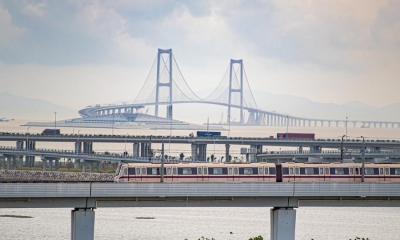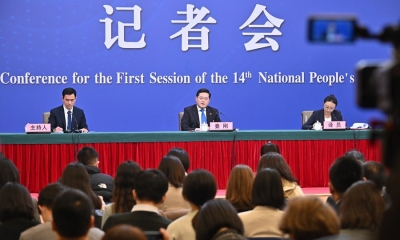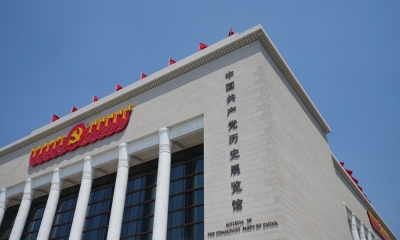Achieving a Xiaokang Society and the First Centenary Goal
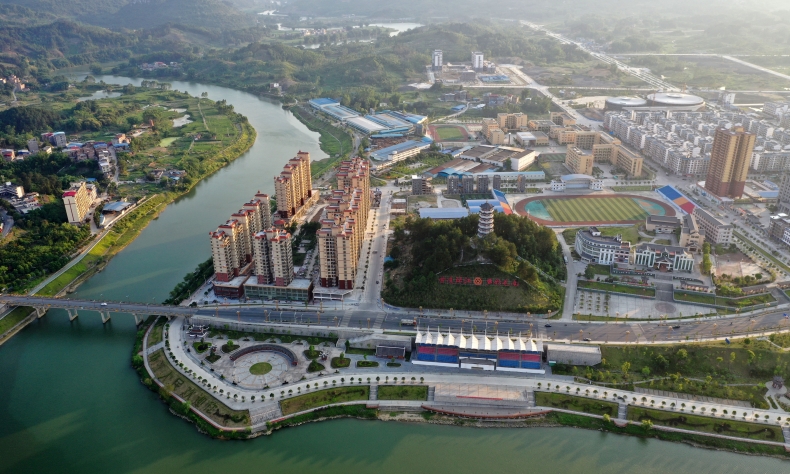
While the world continued to face the COVID-19 crisis, China found a way to not only manage to overcome the pandemic and experience a robust economic recovery and eradicated the last vestiges of extreme poverty.
During his speech at the celebration of the 100th Anniversary of the founding of the Communist Party of China, one of the highlights was General Secretary Xi Jinping’s announcement that China had built a moderately prosperous society – Xiaokang Shehui – in all respects and achieved the goal of eliminating absolute poverty.
While there are some Western observers who have downplayed or even dismissed this success outright, achieving a Xiaokang Society is one of the most important achievements of the CPC since the founding of New China in 1949. It’s the culmination of decades of hard work and marks the realization of the first of the Party’s two centenary goals for the nation and is the catalyst to push for achievement of the second centenary goal of a great modern socialist country by the 100th anniversary of the People’s Republic of China in 2049.
The 100th anniversary of the founding of CPC is an ideal opportunity to celebrate this remarkable achievement of building a moderately prosperous society. Since its founding in 1949, by any measure the People’s Republic of China has made tremendous strides in eliminating absolute poverty. Since the start of Reform and Opening-up era, approximately 750 million people have been lifted out of poverty according to China’s national poverty line. Let that sink in for a moment: China rapidly lifted more than 750 million people out of poverty in the shortest time in human history. It is both a cause for celebration and an opportunity to reflect on where the nation needs to both improve and reform in order to meet China’s second centenary goal.
The realization of Xiaokang is the latest stage in a series of steps in what Xi has often described as a relay race for China, one that has involved generations of CPC leaders and members. His reference to this concept of a relay race is anchored in Chinese history – a subject that he knows quite well and has discussed often. The concept of a moderately prosperous society is firmly rooted in traditional Chinese culture and Confucian ideas. It is viewed as the threshold accomplishment necessary to create a great society united in peace and harmony – Datong Shehui.
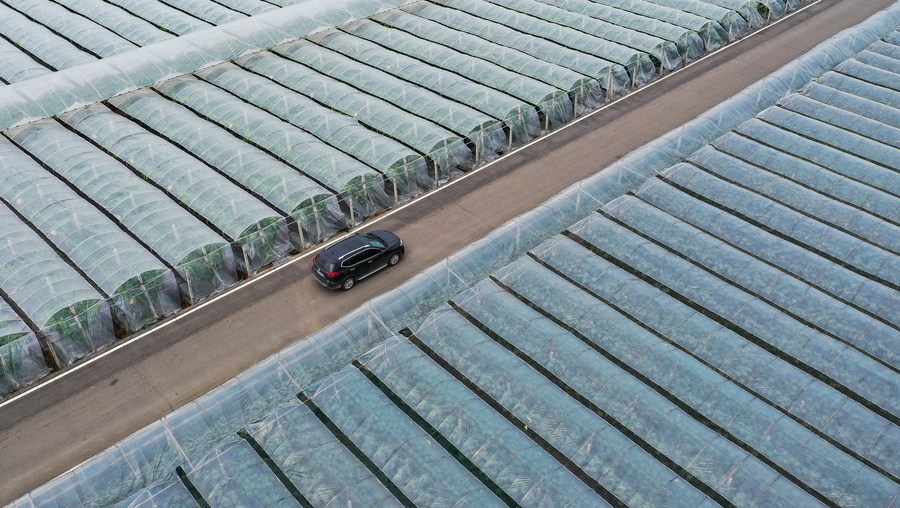
The modern goal of a moderately prosperous society was first introduced by Chinese leader Deng Xiaoping in 1979. It has been advanced by both the CPC and Chinese Government’s successive leaders since that time. It has also been more clearly defined during Xi Jinping’s time as China’s leader, characterized and guided by the objectives The Chinese Dream – Zhonguo Meng.
But building a moderately prosperous society does not merely mean just economic growth. It also represents comprehensive progress in China’s long-term plan toward developing the nation into a great modern socialist country. This entails developing a strong economy, greater democracy, advancing science and education, encouraging a thriving culture, engendering greater social harmony, and a pursuing a better quality of life for Chinese citizens.
There is no doubt that something absolutely extraordinary has happened in China during the last four decades to achieve Xiaokang. Consider where China was in 1981 and where it is today. In 1981, nearly three-fourths of the country’s population was living at or below the poverty line, with the vast majority living in extreme poverty in rural areas. Forty years later, extreme poverty has been officially eradicated.
Under the leadership of the CPC, China’s rapid reduction in poverty was in concert with a long period of sustained economic growth. The result of sustained economic growth was that the nation was able to lift itself out of poverty, reclaim its place as a global economic and political leader, and rightly claim to now be a moderately prosperous society.
To underscore just how much work the CPC has put into the goal of eradicating extreme poverty in order to achieve a moderately prosperous society, one only needs to look at the sheer number of poverty eradication programs during the past thirty years: the Seven-Year Program for Lifting 80 Million People Out of Poverty (1994-2000), the Outline for Development-Oriented Poverty Alleviation for China’s Rural Areas (2001-2010), the Outline for Development-Oriented Poverty Alleviation for China’s Rural Areas (2011-2020), the National New-Type Urbanization Plan (2014-2020), and the Rural Revitalization Strategy presented at the 19th National Congress of the Communist Party of China (CPC) in 2017. Frankly, there should be no doubt in anyone’s mind regarding the astonishing pace and concerted efforts made by China to reduce, alleviate, and eliminate extreme poverty.
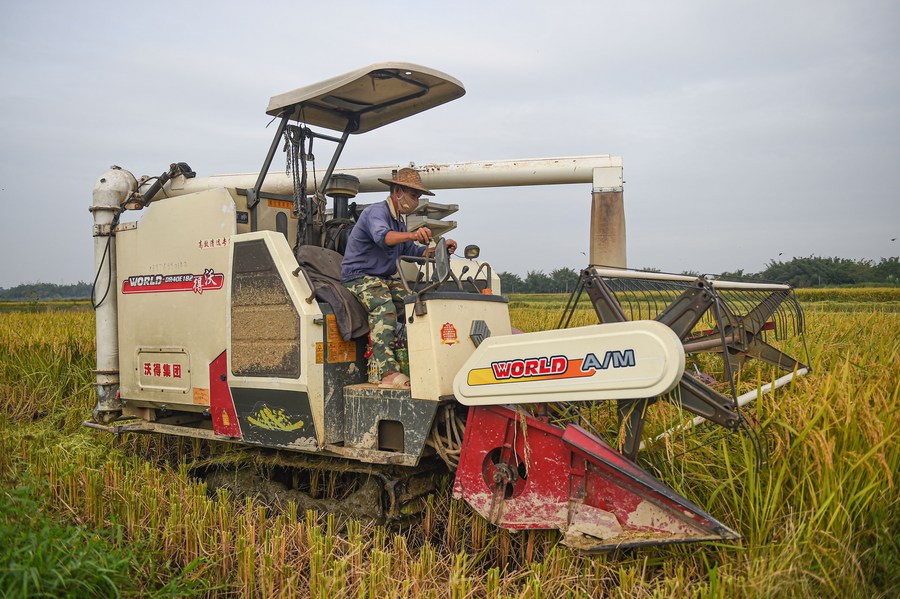
Yes, there is still work to do to achieve the second centenary goal. As is the case with any rising economy, sustained prosperity has come with income inequality. While China is still on the path to socialist modernization and has seen a surge in living standards, it also recognizes that income disparities must be addressed and reduced. The CPC is actively addressing this issue by engaging in impactful policy measures: rural revitalization, national new-type urbanization, and dual circulation. The second centenary goal to build a modern socialist country that is prosperous, strong, democratic, culturally advanced and harmonious by the middle of the 21st Century cannot be fully reached without meaningful reform efforts to alleviate income inequality in China.
As China faces the next stage in the Xiaokang era, there are policy concerns which the nation will need to address in a strategic fashion in order to achieve the second centenary goal. Much of the work to move from a Xiaokang society to realizing socialist modernization will come through the pursuit of additional supply-side structural reforms that promote intensive domestic scientific and technological development. This will likely include creative solutions to access social and health programs for citizens, housing, expanding vocational education opportunities, and addressing the pressing challenge of an aging population.
While the world continued to face the COVID-19 crisis, China found a way to not only manage to overcome the pandemic and experience a robust economic recovery and eradicated the last vestiges of extreme poverty. China is on course to become both a high-income economy within the next few years and achieve the second centenary goal of a modern socialist country that is prosperous, strong, democratic, culturally advanced and harmonious by the 100th anniversary of the founding of the People’s Republic of China in 2049. Given the CPC’s success in achieving the first centenary goal of Xiaokang Shehui, there should be little hesitation to think that it can successfully achieve the second centenary goal.
 Facebook
Facebook
 Twitter
Twitter
 Linkedin
Linkedin
 Google +
Google +




